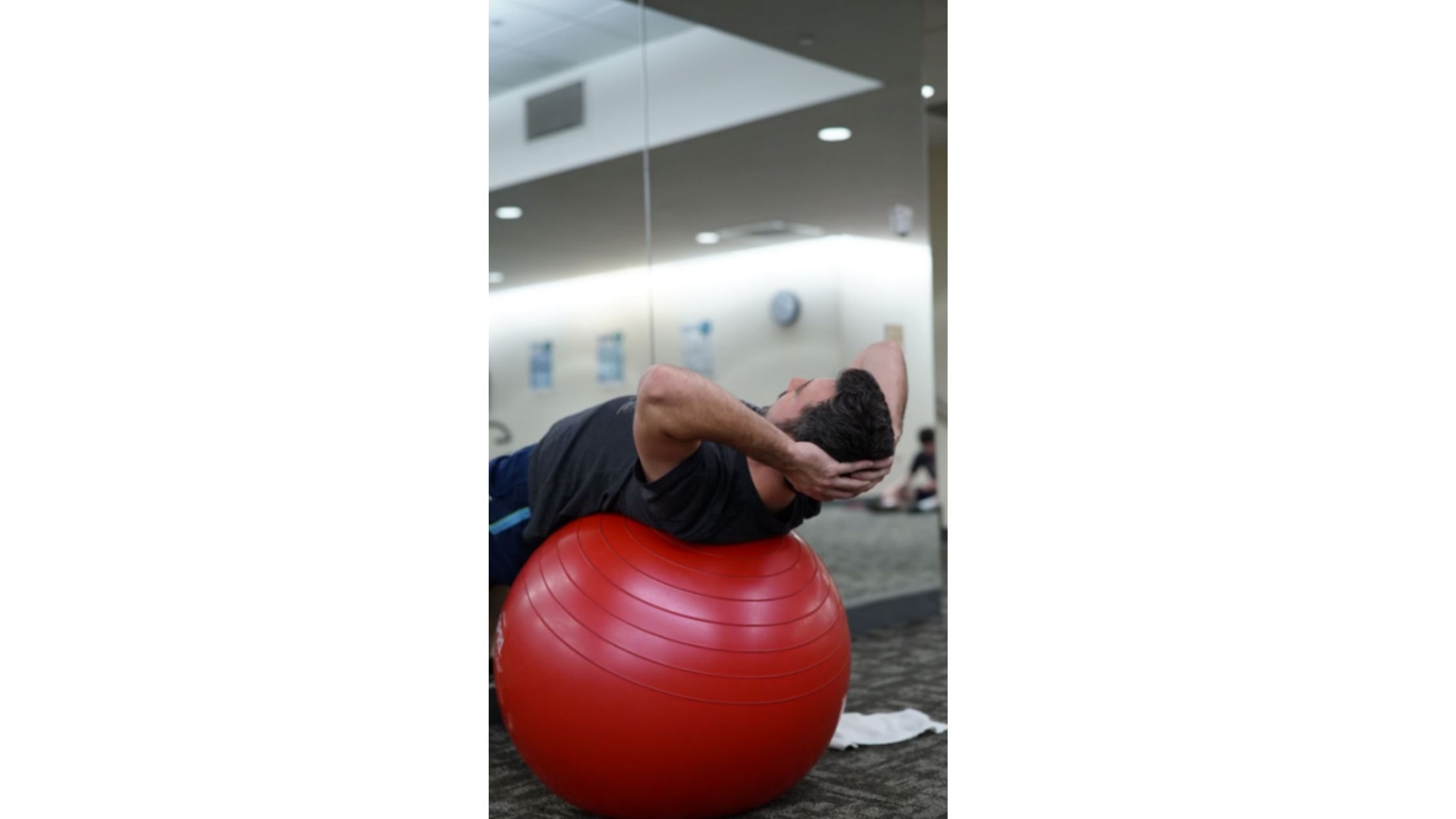What’s the Minimum amount of exercise to stay healthy?
What’s the Minimum amount of exercise to
stay healthy?
Do you really need to meet the physical activity guidelines to stay healthy?
Surprising findings show that doing just a fraction of what’s recommended can still pay off.
Fitness experts and academics all over the world have been championing global activity guidelines for years, and there is plenty of evidence showing that reaching a total of 150 minutes of exercise a week will generate health-related benefits.
But not enough of us are taking action.
Global activity levels continue to decline, and it's estimated that a quarter of the world's population is insufficiently active.
One in three women doesn't do enough, while a whopping 80 percent of adolescents are flouting the guidelines.
Could it be that many are deterred by physical activity recommendations they perceive to be
Or maybe they’re just too tired or busy to find the time to exercise.
The good news is... new studies suggest you can still enjoy health benefits and fitness gains by doing far less than the guidelines stipulate.
Professor Ken Nosaka, an exercise and sports science professor at Edith Cowan University in Western Australia, has been exploring how even exceptionally small amounts of exercise can have a surprising effect.
He recently found that intensely squeezing your arm muscles for just three seconds five times a
week for four weeks can lead to a 12 percent increase in arm strength.
On further investigation, he confirmed that spreading out the exercise (six bicep curls a day across five days) was better than doing it all at once (30 bicep curls in one session). While both approaches increased muscle size, it was only when study participants did the more frequent exercise that they actually improved their strength.
This suggests that it's the instances of muscle stimulation, not necessarily the volume of training, that sparks the greatest strength gains.
And it’s not only strength levels that improve. When exercisers choose frequency over volume, it typically leads to improved quality of movement.
Technique is more likely to be superior, and exercises are executed with more integrity, so you can expect benefits across the board to be amplified.
“When you’re time-pressed, and you might otherwise blow off a workout because you only have
ten minutes, intervals can be a really good choice that can help maintain and ideally boost your
fitness.” Dr. Martin Gibala.
Nosaka’s insights into the perks of quick workouts are backed up by previous research from HIIT guru Dr. Martin Gibala.
Having developed and tested something called the One Minute Workout (three 20-second sets of exercise intensity within a 10-minute window) Gibala has shown how three super short workouts a week can generate a lot of the same fitness benefits that come from 150 minutes of traditional moderate-intensity exercise a week.
He acknowledges that extremely short, extremely intense workouts are not necessarily for everyone, every day, but they remain a valid option. “
On those days when you’re time-pressed, and you might otherwise blow off a workout because you only have ten minutes, intervals can be a really good choice that can help maintain and ideally boost your fitness.”
While any exercise is always better than none, how valuable it depends on what workouts you
choose.
"In most cases, it's not the quantity of time spent working out, but the quality of the workout," says Bryce Hastings, Les Mills Head of Research.
"When the workout period is short, the structure of a workout is critical. All of the exercises need to be carefully balanced and sequenced to ensure optimum effectiveness." He suggests alternating different types of training across days of the week for best results.
"When the workout period is short, the structure of a workout is critical. All of the exercises need
to be carefully balanced and sequenced to ensure optimum effectiveness." Bryce Hastings
You can build strength in the 30 minutes
When it comes to strength training, 30 minutes is the perfect amount of time to effectively work for all the big muscle groups; the legs, the chest, and the back.
Choose any 30-minute workout, and you'll exhaust these major muscles with light weights and high repetitions. These 30-minute strength sessions will help you build muscular strength and endurance while they also provide strong calorie and fat-burning effects.
You can also target specific muscle groups – like the upper body, arms, or lower body – in even less time.
Building core stability is also key.
A weekly 30-minute workout will help improve core control and build functional strength.
This will help you train better and improve performance across all your other workouts.
You can improve your cardiovascular fitness in 30 minutes
Thirty minutes of effective cardio training is all you need to get your heart rate pumping, increase aerobic fitness and put calorie burn into overdrive.
Choose a 30-minute workout, and you’ll spark up your cardio fitness without any equipment.
If you have an indoor cycle, you can get a great cardio workout doing 30 minutes of any group fitness or personal training session.
How to get maximum results from short workouts
For those looking to up the ante, high-intensity interval training is the key.
A 30-minute HIIT workout will spark biochemical changes that maximize aerobic fitness, unleash fast-twitch muscle fibers and grow lean muscle tissue.
Can you get a good workout in just 10 minutes?
Yes! Your exercise efforts all add up, so any physical activity you do is worthwhile. Choose a workout that’s just 10-20 minutes, and you’ll still tap into the benefits of exercise.
“On those days when you don’t have the motivation or inclination to do a lengthy workout, don’t beat yourself up about it,” says Rachael Newsham.
“Just tell yourself you’re just going to do 10 – 15 minutes, maybe just the first two or three tracks of your favorite workout. Chances are, once the music’s blasting and you’ve started the workout, you’ll magically find the energy to keep going.”






